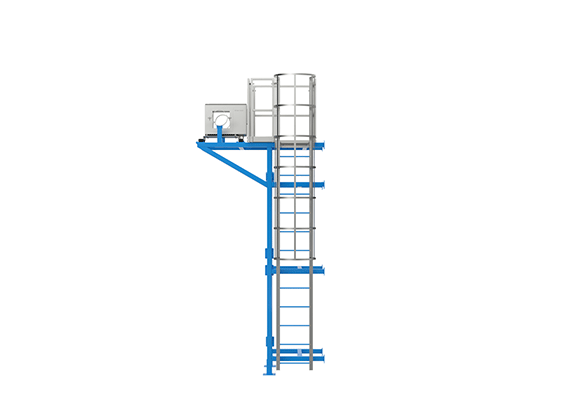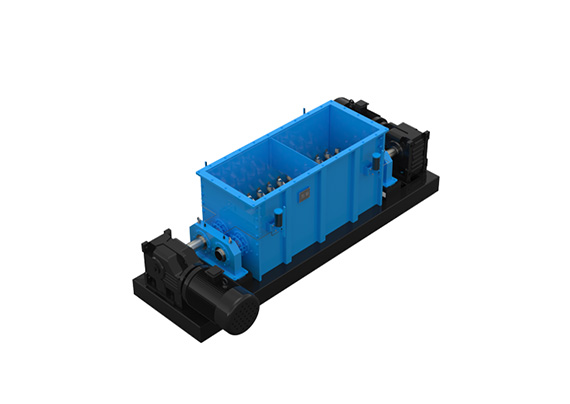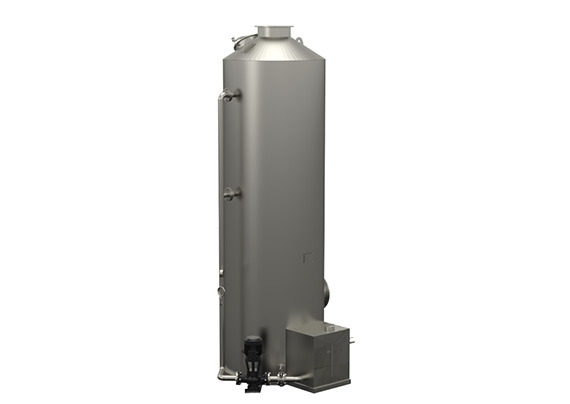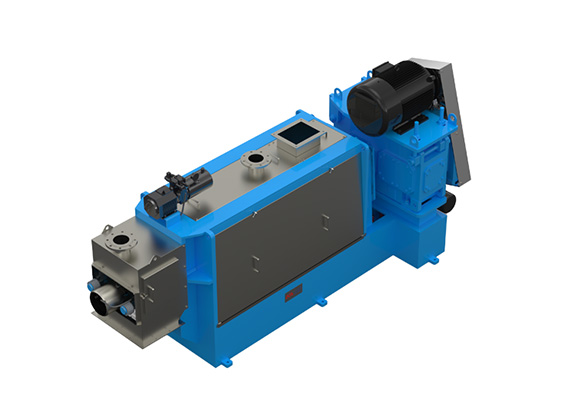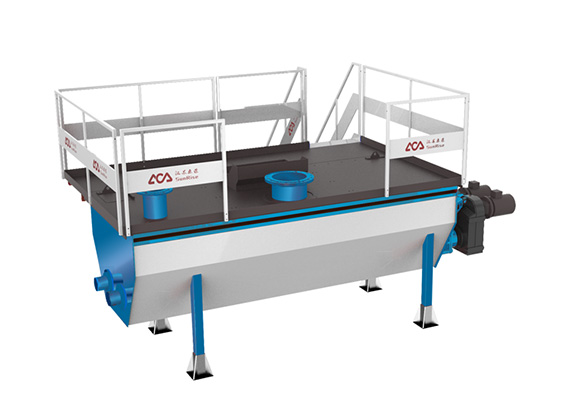Description
Application
Metal Detector is designed for separating metal from crushed or cooked material. It application is a software program operating on a device, like a smartphone or tablet, utilizing the device’s sensors—such as the magnetometer—to identify the existence of metal in close proximity.It can be used for a variety of purposes, such as treasure hunting, metal detecting hobby or security check in the industrial area. Some metal detector apps also have features such as target identification and depth estimation.
Design characteristics and Options
1. It is equipped with a detector head with adjustable sensitivity for your specific requirements.
2. The detected metal pieces are manually removed or efficiently separated with a minimum rejection of material.
(1) Belt conveyor
The belt conveyor is always designed to order and may be manufactured either in stainless steel or mild steel.
A deflector can be mounted at the end of the conveyor or metal can be removed manually.
(2) Vertical metal detector
The vertical metal detector detects metal while the material falls through a non-ferrous pipe.
The vertical metal detector is delivered with adjustable metal sensitivity and includes a pneumatically operated separator.
(3) Metal Detector Pipe metal detector
When the material is transmitted through the pump pipe, the metal detector can detect the metal and divert it.
what is Metal Detector
It is a tool employed to identify the existence of metal in close proximity.Its applications encompass the ability to pinpoint metal objects that might be buried underground, concealed within walls or other structures, or situated on the ground’s surface.Metal detectors find widespread usage across a range of activities, such as security measures, treasure hunting endeavors, and mining operations.Typically, they comprise a sensor responsible for generating a magnetic field and a receiver that identifies alterations in the field caused by the presence of metal. Some metal detectors also include a display that shows the location and depth of the metal object being detected.
FQA
Q: How does work?
A: It uses electromagnetic induction to detect the presence of metal nearby. The detector sends out a magnetic field and looks for disturbances in that field caused by metal objects.
Q: What types of metal t?
A: Most metal detectors can detect all types of metal, including ferrous and nonferrous metals( gold, silver, brass, aluminum, and copper).Nevertheless, certain metal detectors exhibit a higher sensitivity toward specific types of metals than others.
Q: Can metal detectors detect gold?
A: Certainly, the majority of metal detectors have the capability to detect gold. Nevertheless, there are variations in sensitivity among metal detectors, with some being more attuned to detecting gold than others.
Q: Can metal detectors detect diamonds?
A: No, metal detectors cannot detect diamonds because they are not made of metal.
Q: Can metal detectors detect buried objects?
A: Yes, They can detect buried objects if they are made of metal. Yet, the depth at which the detector can identify a buried object hinges on the sensitivity of the detector and the dimensions of the object.
Q: Can metal detectors be used in water?
A: Yes, many metal detectors are designed for use in water and are often called “waterproof” or “submersible” detectors. These detectors are suitable for employment in shallow water; however, their capability to detect submerged objects at a certain depth relies on the detector’s sensitivity and the dimensions of the object.


